On my Safari to wild Ruaha, our fantastic specialist guide Lorenzo got us very close to the elephants chomping away.
This is how it happens without being scientific.
They use their trunks to uproot the grass, which was nice and tall in green Ruaha at the time of my Safari. Trunks are actually elephants long nose. They use them for drinking, smelling and of course music to my ears, trumpeting. The trunk has 100,000 different muscles for the many tasks that it has to accomplish.
If they are eating bark or something heavier, they may use their tusks to rip, dig and balance. Tusks are elephant’s incisors that grow with the elephant. What we don't see if about 1/3rd of the tusk is embedded deep in the head. Elephants also have a preference of which tusk they use the most -- making them lefty or righty. That tusk is the master tusk.
Back to eating.
They gnaw on the grass with their impressive sets of molars. They will have 6 sets of molars in their life span of around 70 years. Once these 6 sets are gone, the poor elephant has trouble eating. They will gnaw on the whole uprooted grass until the root part falls off from the fresh blades. Who wants to eat the muddy root system anyway, eh?
And the cycle begins again. Their bellies are hard to fill up. They are constantly feeding to sustain their 2-5,000 lbs. bodies. An adult elephant can eat up to 300 lbs of vegetation a day. Wow!
Come explore these smart creatures in the wild, in their own habitat.
We can help you with your Safari Plan.


